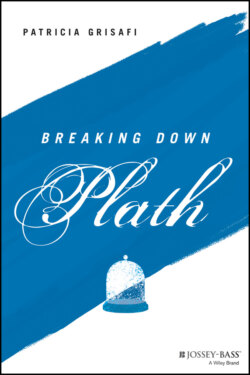Читать книгу Breaking Down Plath - Patricia Grisafi - Страница 12
THE RISKS OF READING AUTOBIOGRAPHICALLY
ОглавлениеIt is tempting to read Plath's work as purely autobiographical, as several scholars have done in the past. However, as Plath studies evolve, we now understand that reading Plath's work from a solely autobiographical perspective poses problems and closes off the work from its larger contexts. We must always think of Plath as a writer who used autobiographical elements in her work and transformed them into art. In short, her real‐life experiences informed her art—but are not necessarily the only aspects of the writing itself.
While Plath mined her life for inspiration, her work stands on its own. Plath never intended to write an autobiography; she carefully chose poetry and fiction as her medium with a few short essays written toward the end of her life. “Rather than assume that Plath is an unusually autobiographical writer,” Plath critic Susan R. Van Dyne notes, “we need to understand that she experienced her life in unusually textual ways. In her letters and journals as much as in her fiction and poetry, Plath's habits of self‐representation suggest that she regarded her life as if it were a text she could invent and rewrite” (Van Duyne, 1993, p. 5). Plath kept journals. She composed letters. She wrote fiction. She crafted poetry. She was familiar with all mediums and made artistic choices fitting to each one. To only read Plath as an autobiographical writer would be to miss out on the myriad layers in her work. Therefore, readers should bear in mind the distinction between the speaker/narrator and the author when reading, and refrain from pathological narratives and unfounded mental health diagnoses.
